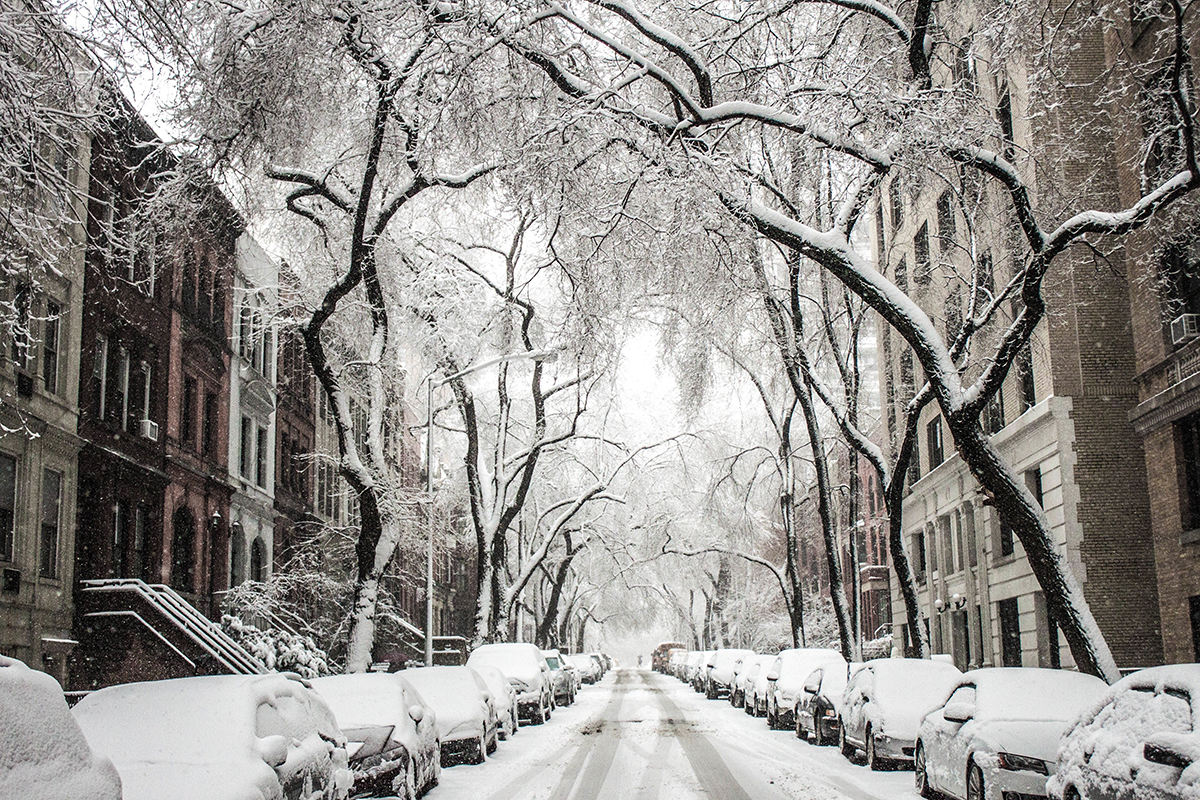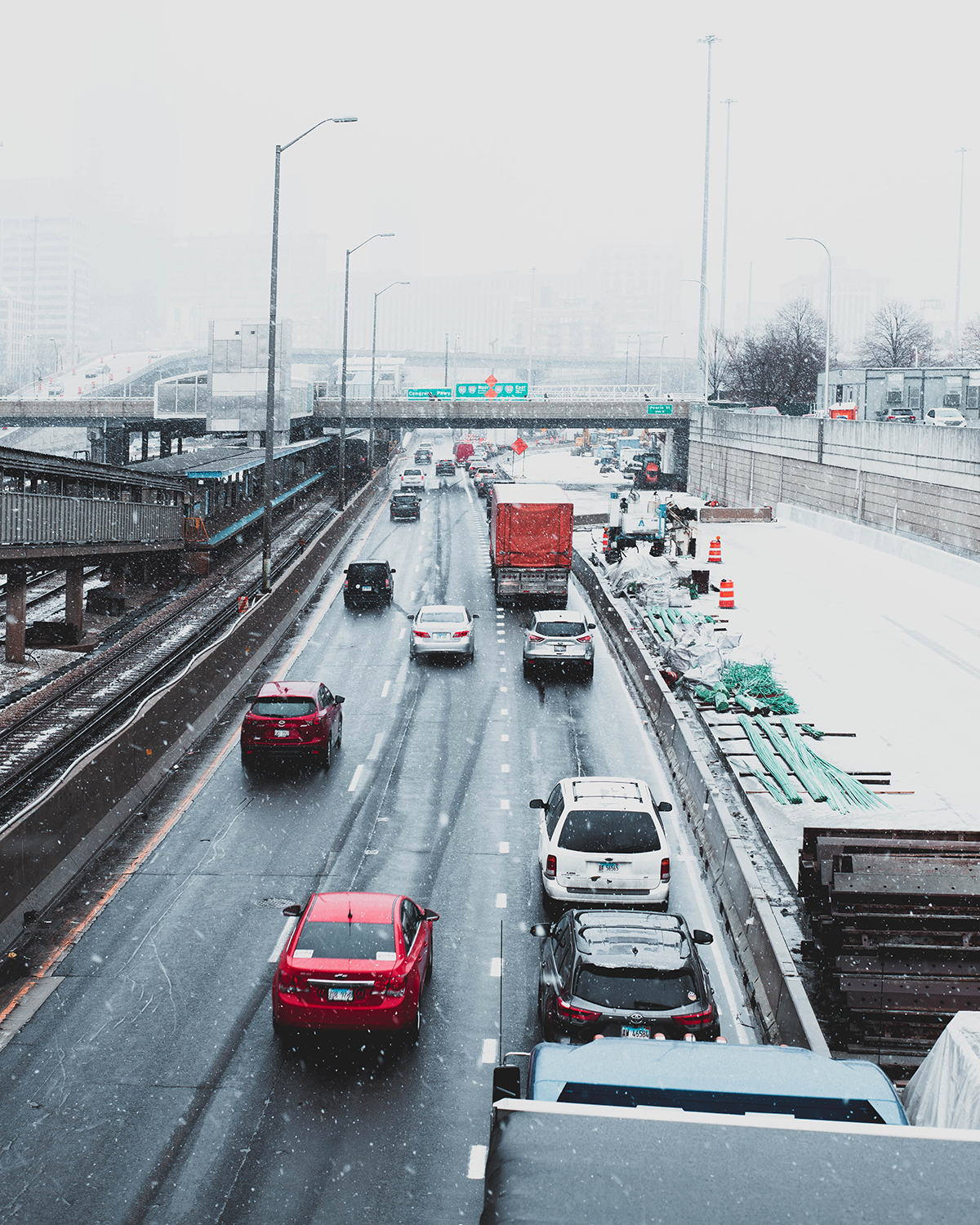
The winter weather has started and drivers are getting back into the groove of driving on slick winter roads. Driving on slick, snowy roads can be scary, slippery, and dangerous – and accidents tend to occur. By preparing your vehicle in advance, paying attention to the weather, and following our winter driving tips, you can make the roads safer for yourself and those around you.
General Winter Driving Tips:
- Prepare your vehicle. Having a winter survival kit will help you to be prepared if you become stranded. Make sure you also have a snow shovel, sand or salt, and an ice scraper. Before the winter weather hits full swing, get your tires checked to determine if they need air or to be replaced with winter tires.
- Keep your gas tank half full at all times. This habit will allow you to run your engine and keep warm if you get stranded or stuck. It will also prevent your gas line from freezing. Windshield wipers should be checked and in good condition, and your windshield fluid reservoir full so you can easily wipe away snow and slush.
- Never warm up your vehicle in an enclosed area. Keeping your car running in an area such as a garage with the door closed will cause toxic fumes to become trapped and could be deadly.
- Avoid distracted driving. Always be alert, especially with icy or snowy conditions. If you are fatigued, avoid driving. Never use a cell phone while operating a vehicle.
- Clear all snow and ice from your vehicle. Before driving anywhere, make sure your car is cleared of snow and ice, including your roof, trunk, lights, mirrors, windows, and reflectors.

Photo by edwin josé vega ramos from Pexels
Snowy Weather Driving Tips:
- Do not use cruise control when driving on slippery roads.
- Reduce your speed and drive cautiously and accelerate and decelerate slowly. Accelerating, turning, and stopping all take longer on icy and snow-covered roads.
- Increase your distance from the car in front of you as conditions worsen. You should stay eight to ten seconds behind the car in front of you.
- Keep an eye on weather reports and delay trips when severe weather is predicted. If you have to leave, inform others of your route, destination, and anticipated arrival time.
- If you become trapped by snow, stay in your vehicle. Your vehicle makes it easier for rescuers to find you. Tie brightly colored material to your antenna or in a rolled up window as a signal. If you are stuck overnight, you can keep the dome light on since it uses minimal electricity and can help rescuers locate you.
- Keep your exhaust pipe free of snow, slush, mud, and ice. Deadly carbon monoxide gas can leak into your car if the engine is running and your exhaust is blocked. You can also crack a window to prevent leakage.
- Only run your car for short periods of time, just long enough to stay warm. 10 minutes every hour is a good starting point.
- Don’t stop going once starting up a hill and do not power up. Get some acceleration on a flat road before going up a hill. Let that carry you to the top. Once you are approaching the top of the hill, reduce your speed and continue down the hill as slowly as possible.
If the weather conditions are severe, stay home and do not attempt to drive – even if you feel you are experienced at driving in winter weather. While there may be places you need to go, most things can be rescheduled. If possible, take a snow day – have a movie marathon and watch the snow from indoors! Happy winter!

 Live Chat
Live Chat
